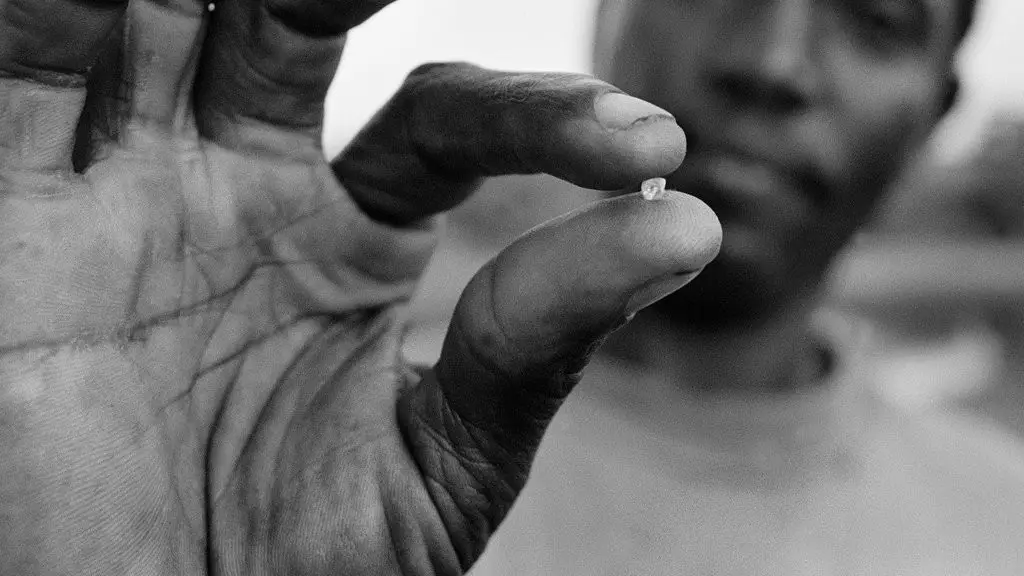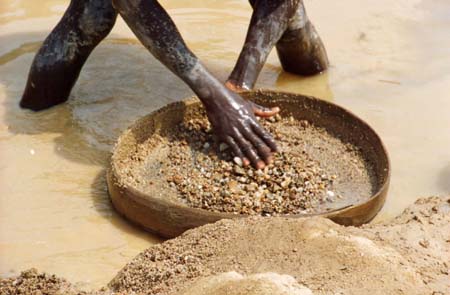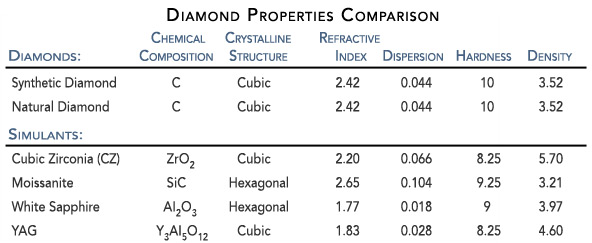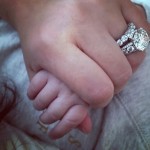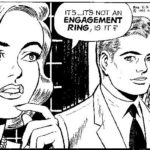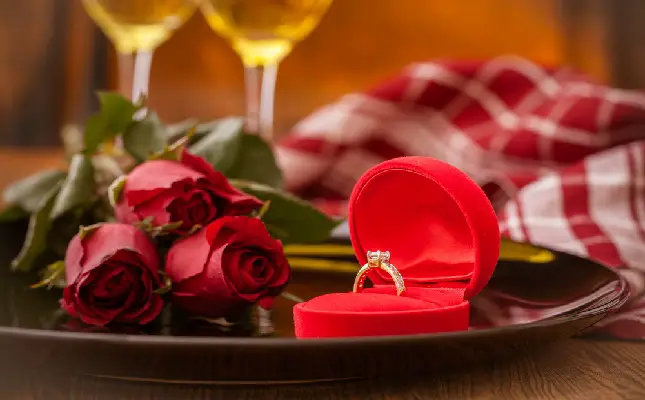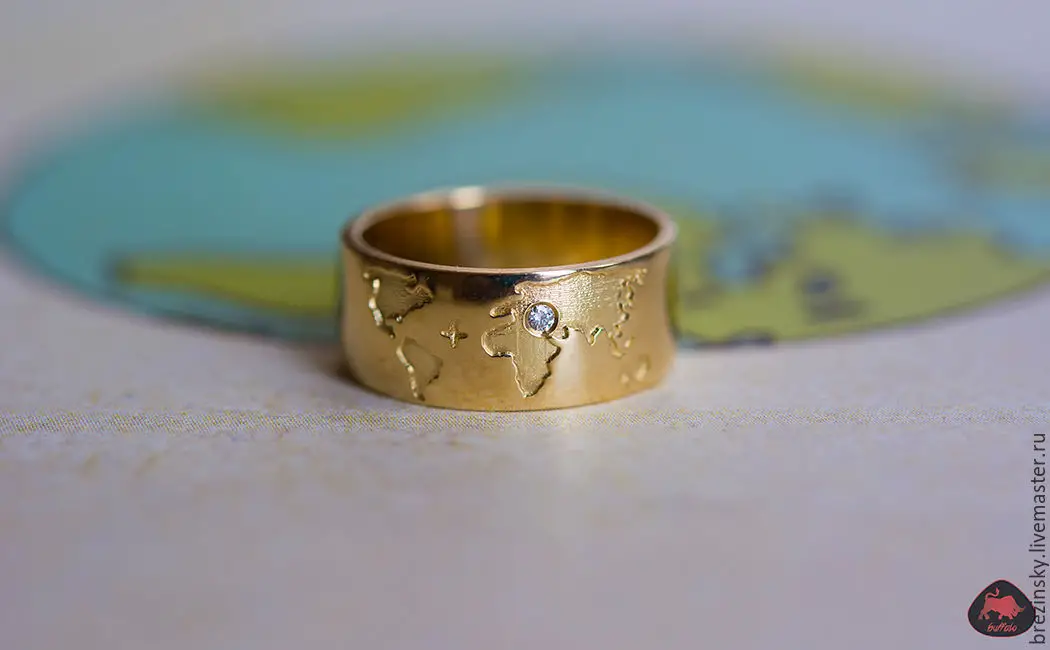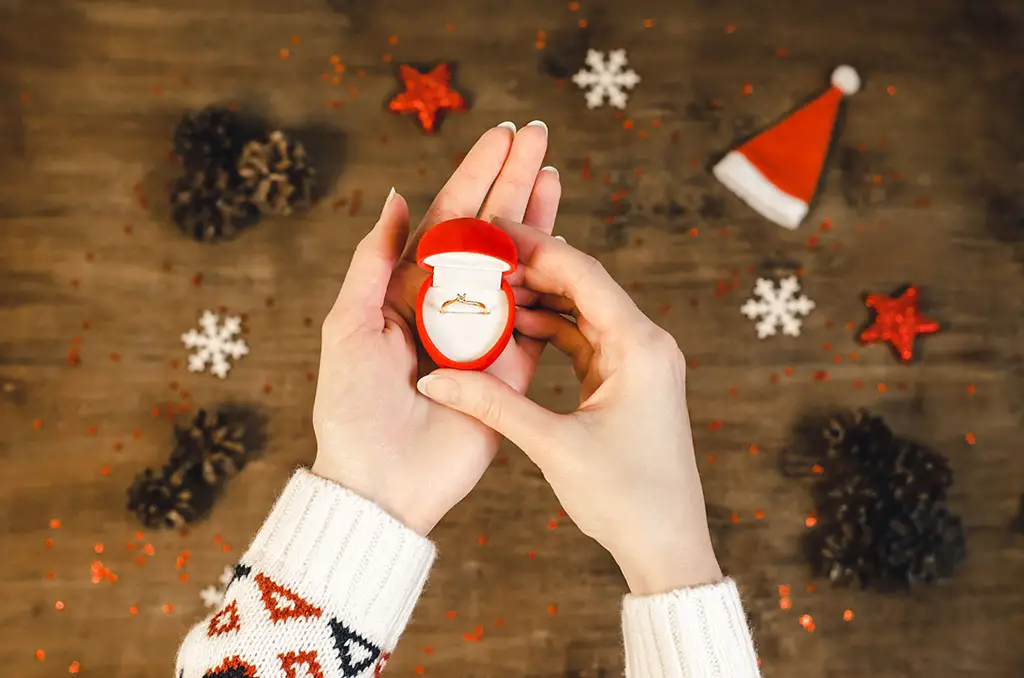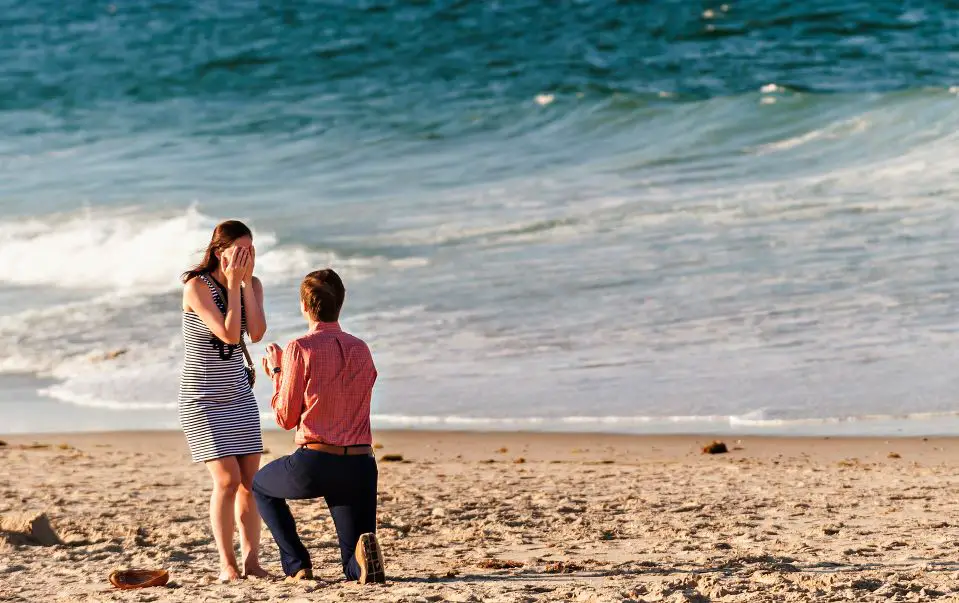When you get engaged, you immediately enter a whirlwind of happiness, love, congratulations, and excitement. You can’t stop showing off the sparkly diamond on your finger and your life becomes a flurry of visits from family and friends and wedding planning. It’s fantastic, obviously, but sadly there is a not so fantastic side to it. Have you ever thought about exactly where your engagement ring comes from and what the consequences of it reaching your finger could be?
What are Conflict Diamonds?
Conflict diamonds, sometimes known as ‘blood diamonds’, are diamonds that have been unethically mined and sold to fund civil war efforts and conflicts in certain countries. That’s the polite version.
The not so polite version is that they have been mined using methods that damage the environment, with miners working in terrible conditions for inadequate compensation. Often there is violence, torture, poverty, child labour, entrapment and even sexual abuse involved for those who work in mines or various other roles at the bottom end of the supply chain.
Once mined, conflict diamonds are smuggled by rebel forces and traded on black markets, with the profits used to fund war efforts. This results in more violence and crimes even worse than those described above, and on a nationwide scale. The ‘dirty’ diamonds are mixed in with ‘clean’, conflict-free diamonds by corrupt traders and sold on again. By the time they’ve been cut and polished and put on display in a jewellery store window, it’s almost impossible to prove their origins.
The Kimberley Process
This situation became a sore point for ethically-conscious consumers a long time ago, and luckily the majority of jewellers raised their standards. In 2003 the Kimberley Process Certification Scheme was introduced by the United Nations to prevent conflict diamonds from entering the mainstream rough diamond market.
While it was a huge leap forward and has added transparency and traceability to the diamond trade, there’s one small problem. The Kimberley process only blocks diamonds coming from countries in active rebellious conflict – it doesn’t take into account other countries who may be conflict-free politically speaking, but could still be engaging in child labour, illegal employment practices, and the rest of the horrors previously mentioned within the diamond mining and trading industry.
So if the Kimberley Process isn’t 100% reliable, then how can you guarantee that no environmental or humanitarian harm has occurred in the making of your pretty engagement ring?
What Countries are ‘Safe’?
In short, there is no absolutely failsafe guarantee that a diamond hasn’t originated in a conflict zone; the global industry simply doesn’t have regulation processes that are consistent or rigid enough to ensure it (yet).
However, there are plenty of countries that have absolutely flawless reputations when it comes to diamond mining.Canada is often cited as the global leader in ethical and eco-friendly diamonds. Their diamonds are mined in the remote north-west following strict environmental guidelines, are laser inscribed and follow an iron-clad traceability process from the mine right up to the glass display cabinet you see it sparkling in. South Africa, Botswana, Russia, Australia, and Namibia are also well known for their similarly admirable practices.
What countries should you avoid? At present, countries that are known to fund rebel war efforts with conflict diamonds include Angola, Sierra Leone, Ivory Coast, the Democratic Republic of Congo, Zimbabwe, the Central African Republic,and Liberia. The situation will hopefully change at some point in the future, so check sites like Diamond Facts or Global Witness for up to date information.
Is there any other solution?
Yes. Lab-grown diamonds by nature are 100% conflict free and make for a more eco-friendly choice that doesn’t deplete the earth’s natural resources. Contrary to popular belief, lab-grown diamonds are NOT synthetic. They have the exact same chemical make-up, appearance,, and are formed in the same way as naturally occurring diamonds. The only difference is they’re formed in a lab in a few weeks instead of in the ground over millions of years. That and they’re usually much cheaper, too.
While the conflict-free problem exists for other stones too (especially precious gems like sapphires, rubies and emeralds), most – but not all – of the countries where these gems originate from aren’t plagued by conflict and poverty to the same extent. So, choosing an alternate stone for your ring, while not risk-free, is a better bet than choosing a diamond.
What Can YOU Do?
For a start, don’t be afraid to ask your jeweller for proof of their diamond’s origins. If they’re cagey about it, run a mile. Any decent jeweller should at the very least have a statement of commitment to the Kimberley Process, and the really good ones will be able to tell you instantly all about their suppliers, where they source their stones from, and how they get them to their store. Ask them to point you towards their conflict-free policy documentation – they should have it online or on a printed handout.
Secondly, insist on obtaining a copy of your diamond’s certificate. Unless it’s a miniscule size it should have one from a leading institute – the GIA issues certificates for diamonds as small as 0.15 carats. It won’t give proof that your diamond hasn’t come from a conflict zone, but diamonds from these countries are usually unlikely to be officially certified due to the high standards these grading labs set. So if there’s no certificate, be concerned. And don’t accept a store or supplier-branded certificate.
Do your research. Stay up to date on developments in the conflict diamond trade, and actively seek retailers who go above beyond the usual Kimberley Process spiel. Brilliant Earth pride themselves on choosing only 100% ‘clean’ diamonds and have an air-tight traceability process, and many others do too. Always comb through their sites to find their mining source information before you even think about falling in love with an engagement ring design!
Finally, if you think your partner may surprise you with an engagement ring, let them know how you feel about the issue of conflict diamonds well in advance. If they involve you in the purchasing process, insist on prioritising ethics over price and design. There is no difference in price between ‘dirty’ and ‘clean’ diamonds by the way – unless you’re dealing with a shady retailer.
Oh and one more thing; remember to enjoy your ring once you have it! The issue of conflict diamonds is an important humanitarian one, but that doesn’t mean you can’t revel in the happiness your beautiful new piece of jewellery brings you. You deserve it!
